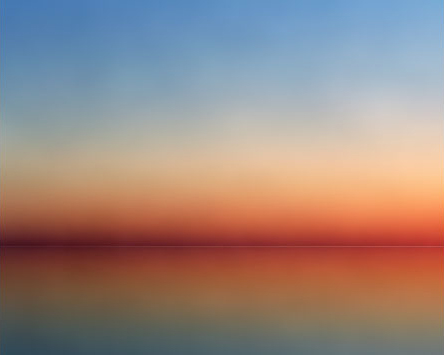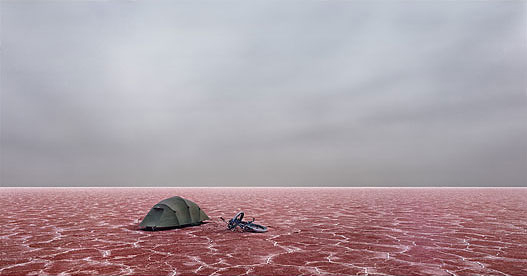The Tools, Materials, and Processes was a very intriguing introduction. I loved the eye diagrams; they gave me a very good idea about perception, the basis of photography itself. Also, very clear instructions on how to use various cameras. And the refrigerator box camera is just awesome!
Monthly Archives: January 2012
The reading was a helpful review for me, especially the information on SLR’s. It’s been a few years since I’ve really spent some serious time with darkroom photography so I’m excited to get back into the swing of things. Also nice to get some Lightroom pointers. The pinhole cameras and camera obscuras were sweet too! I’d love to experiment with some of those.
So, I didn’t do it right the first time, but I got it down! The reading was good. I learned more about cameras and what the differences are and that is always a plus. There are new techniques there that are interesting you use and hopefully I will be able to dabble in some of them in this class. Overall I’m excited to take this class.
Rune Guneriussen
Interesting combination of nature and technology.

http://beautifuldecay.com/2011/12/14/rune-guneriussen/#more-52695
The Topographic Projections and Implied Geometries Series
By Jim Sanborn, found on Today and Tomorrow. These are large format, long exposures taken at night. The light is produced by a projector. Check out Sanborn’s website for a bunch more photos. I think it’s interesting how much time and effort he took to create these beautiful works, especially in an age where one could simply photoshop these designs onto images.
The reading that was assigned was a really great tool for me. I am excited to go back and use all of the different tables that were given to us as a resource. I am very excited to get in action with all of this new information that I have. I really would like to dry the box/watermelon/mouth exposure idea. I think that would be a great experiment to do some day. Shout out to Garth (pg 61).
Practice 1 Reading Response
The reading was good review of camera basics and photographic techniques. There is lots of information in the text and it’s reassuring to know that I have used, heard of, or can easily understand the concepts and technology. The reading was a lot of review for me but it was a good tool for getting excited about the course.
Sean Braaten- Product by Process
http://productbyprocess.com/
This is a pretty interesting website if you want to see how products are made. The videos have really dynamic shots and are really well edited.
Murray Fredericks – Salt
I saw a short film made by this guy last year. He’s an incredible landscape photographer from Australia. In my opinion his photographs are pretty inspiring.
For this project he biked a ton of camera gear into the middle of Lake Eyre, a dry lake in the Australian Outback. The lakebed is so enormous that from the center of it nothing can be seen but a perfectly flat horizon in every direction. He took some amazing images on large-format film. He calls it “a landscape without landscape.” The first image above above is after a rainstorm left water covering the ground a few inches deep from the viewpoint to the razor-thin horizon. Perhaps somewhat boring and featureless, but I think it has an intriguing, otherworldly quality, especially since it doesn’t have any digital manipulation. It almost looks like a gradient you might make with Photoshop.
He spent weeks out there, alone, and judging by the film he made, went kind of crazy from being in such a desolate, featureless place for so long.
Check out his website, it has several more incredible pictures.






